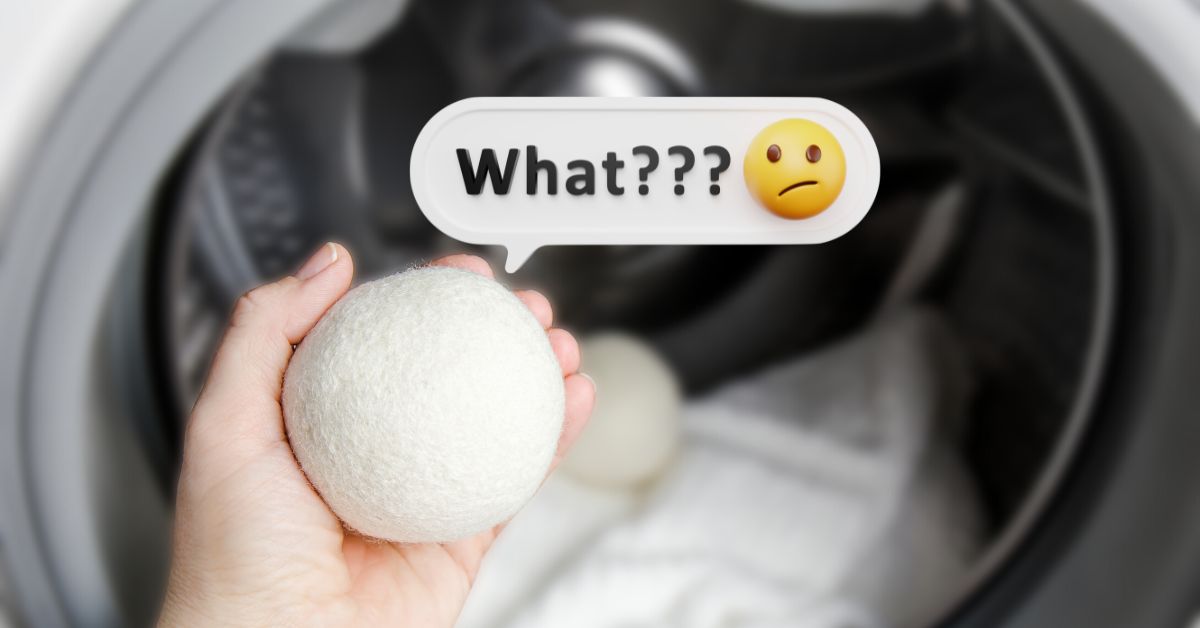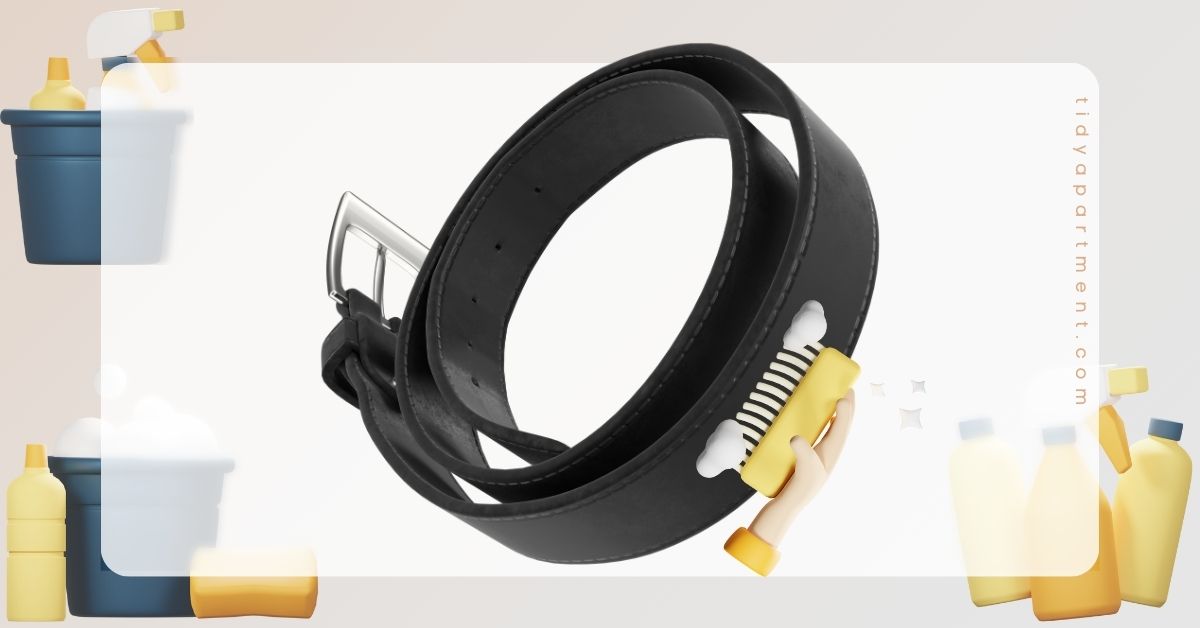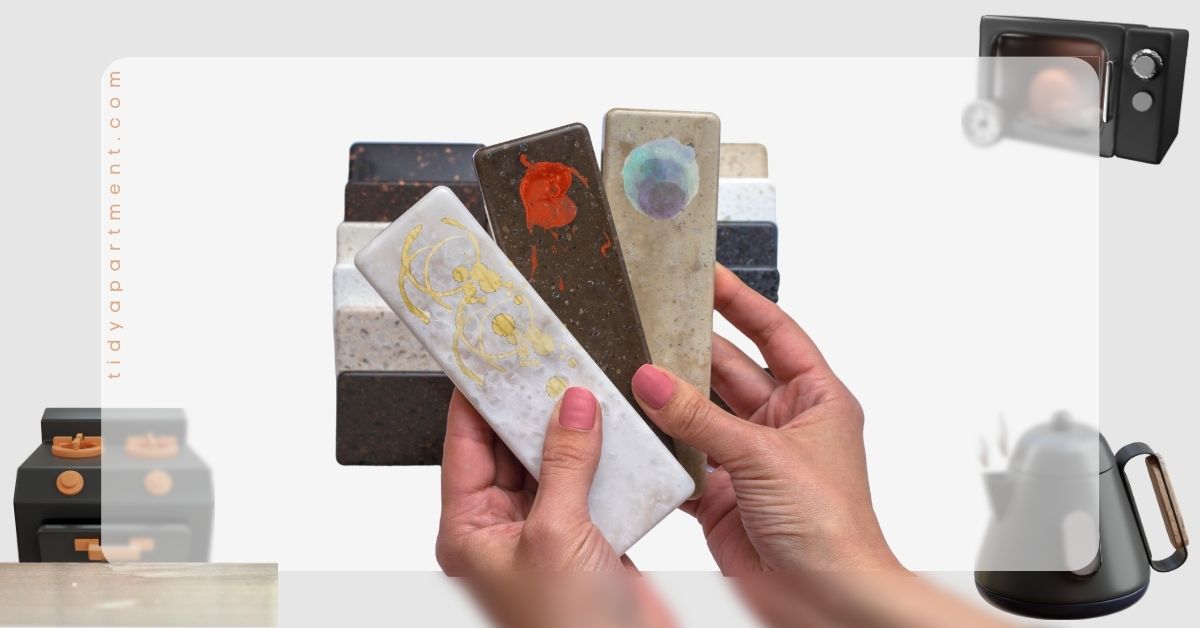When it comes to laundry, rubbing alcohol is known for its properties to clean stains like Vaseline, nail polish, and castor oil stains. However, you might wonder, does rubbing alcohol stain clothes?
Rubbing alcohol contains mild bleaching agents, which can bleach clothes; additionally, certain factors, like dyes, fragrances, or other additives in rubbing alcohol, may also stain fabrics.
Additionally, if rubbing alcohol is used to remove a stain from clothes, it can sometimes dissolve the stain and spread it onto surrounding areas, resulting in a more prominent stain.
Test rubbing alcohol on a small, inconspicuous area of the fabric before using it as stain removal.
Page Content
Does Rubbing Alcohol Stain Clothes?
Rubbing alcohol contains dyes and inks that can transfer and cause stains onto clothing. Also, some delicate or synthetic fabrics are sensitive to the chemicals in rubbing alcohol, leading to discoloration or stains.
Does Rubbing Alcohol Bleach Black Clothes?
Some rubbing alcohol may contain bleaching agents, which will bleach black clothes. This can happen if the alcohol is not properly diluted or left on the fabric for an extended period.
Cleaning Overview




What Will You Need
Supply
- Dish soap
- Fabric marker or dye
- Color safe bleach (for white or light clothes)
Tools
- White towel or cloth
How to Remove Rubbing Alcohol Stains From Clothes?
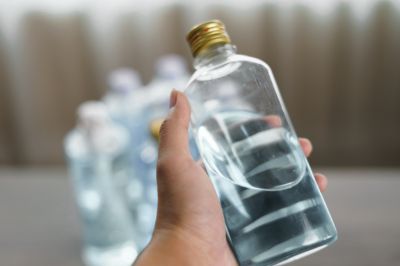
Step 1: Act Fast
Fresh stains are easy to remove. Act as fast as possible to get the best results.
Step 2: Blot the Stains
Blot the stain with a clean towel or cloth. Gently dab the rubbing alcohol as much as possible to remove as much as possible. Do not rub the stained area, as it can cause the fabric to bleach.
Step 3: Wash with Dish Soap
Mix equal amounts of dish soap and water and create a solution. Apply this solution to the rubbing alcohol stain, let it sit for 10 minutes, and wash with tap water until the soap solution has been removed from the fabric.
Step 4: Wash the Clothes
Wash the clothes as the care label says. This will remove all the leftover residue and clean the clothes thoroughly.
Step 5: Air Dry
Check if the stained mark has completely vanished. If yes, air dry the clothes. If rubbing alcohol has caused bleached stains on your clothes, follow the steps below.
How to Remove Bleach Stain Caused by Rubbing Alcohol?
In some cases, the rubbing alcohol will remove the dye and cause the fabric to bleach. To remove this mark, you must dye the stained area or the entire fabric again.
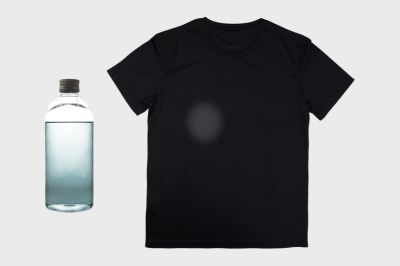
Method 1: Spot Treatment with Fabric Marker
- Choose a Fabric Marker: Select a fabric marker that closely matches the color of the stained fabric.
- Clean the Fabric: Before applying the fabric marker, make sure the stained area is clean and residue-free.
- Test the Marker: Before using the fabric marker directly on the stain, it’s essential to test it on a small, inconspicuous area of the fabric to ensure it doesn’t cause any adverse effects or further damage.
- Apply the Marker: Once you’ve confirmed that the fabric marker is safe to use, carefully color over the bleach stain with the marker, using short, gentle strokes. Start by applying a light layer and gradually build up the color until it matches the surrounding fabric.
- Blend and Feather the Color: To make the repaired area less noticeable, lightly feather the color outwards from the stained area, blending it with the surrounding fabric. Use the fabric marker to gradually transition between the repaired area and the rest of the fabric.
- Let it Dry and Set: Allow the fabric marker to dry completely according to the manufacturer’s instructions. Some markers may require heat-setting with iron or going through a wash cycle to ensure the color stays in place.
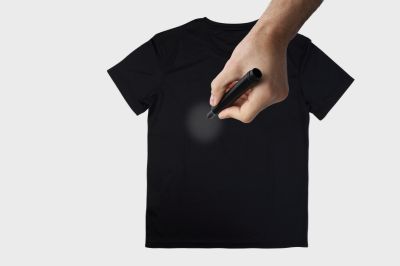
Method 2: Dye the Fabric
- Select a Fabric Dye: Choose a fabric dye that matches the fabric’s color or desired shade. Make sure to select a dye that is suitable for the fabric type you are working with.
- Prepare the Dye Solution: Follow the instructions provided with the fabric dye to prepare the dye solution. This typically involves dissolving the dye in hot water and adding any required fixatives or chemicals. Make sure to wear protective gloves and work in a well-ventilated area.
- Pre-Wash the Fabric: Thoroughly pre-wash the fabric to remove dirt, oils, or residue. This will help the dye penetrate evenly and achieve better results.
- Wet the Fabric: Dampen the fabric with clean water. This will help the dye distribute more evenly throughout the fabric.
- Apply the Dye: Immerse the entire fabric or the stained area in the dye solution, ensuring it is fully submerged. Stir the fabric in the dye solution continuously for even color distribution. Follow the dye manufacturer’s instructions for the recommended dyeing time.
- Rinse and Wash: After the dyeing process, rinse the fabric under cold water until the water runs clear to remove any excess dye. Then, wash the fabric separately in cold water using a mild detergent. This will help remove any remaining dye and set the color.
- Dry and Assess: Once washed, allow the fabric to air dry or follow the drying instructions on the fabric dye packaging. Once dry, inspect the fabric to determine if the dyeing process effectively masked the bleach stain. You can repeat the dyeing process to achieve the desired result if necessary.
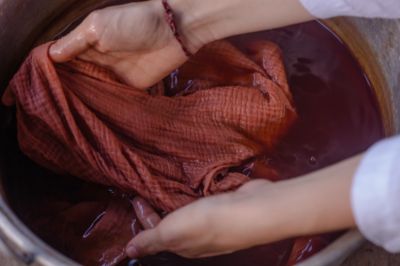
Method 3: Using Color Safe Bleach
- Check the Care Label: Before using any cleaning product, including color-safe bleach, always check the fabric care label for specific instructions or warnings.
- Test in an Inconspicuous Area: It’s essential to test the color-safe bleach on a small, hidden area of the fabric first to ensure it doesn’t cause any adverse effects or discoloration. Choose an inconspicuous spot, such as an inside seam or hem, and apply a small amount of the color-safe bleach. Wait a few minutes and then check for any color changes or damage.
- Apply the Color-Safe Bleach: Follow the color-safe bleach packaging instructions for the appropriate usage. Typically, according to the recommended ratios, you’ll dilute the color-safe bleach in water. Mix the solution well.
- Soak in the Solution: Make sure the bleach solution fully covers the stain. Alternatively, you can apply the solution directly to the stain and gently work it into the fabric using a clean cloth or sponge.
- Allow it to Sit: Let the color-safe bleach solution sit on the stain for the recommended time, as specified on the packaging. This allows the bleach to work on lightening the stain.
- Rinse Thoroughly: After the recommended time has passed, rinse the fabric thoroughly with cold water to remove the color-safe bleach. Keep rinsing until the water runs clear and no traces of the bleach solution are left.
- Check the Results: After rinsing, assess the stain to determine if the color-safe bleach has had any effect on lightening it. Remember that the goal is to minimize the stain’s visibility rather than altogether remove it.
- Repeat if Necessary: If the stain is still visible, you can repeat the process of applying the color-safe bleach, allowing it to sit, and rinsing. However, be cautious about overexposure to color-safe bleach, as it can weaken or damage the fabric over time.
- Wash as Usual: Once satisfied with the stain lightening, launder the fabric as usual. Follow the fabric care instructions and use the appropriate detergent to ensure proper cleaning and removal of any remaining bleach or product residue.
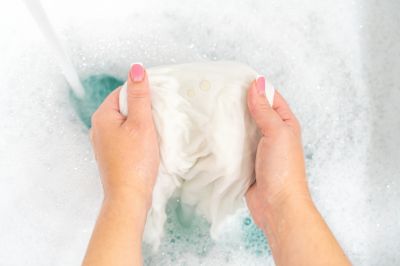
Tips to Prevent Rubbing Alcohol Stains on Clothes
- Conduct a Patch Test: Perform a patch test on a small, inconspicuous area of the fabric before applying rubbing alcohol to the entire stain. This helps determine whether the fabric is compatible with rubbing alcohol and whether any adverse reactions occur.
- Act Quickly: If a spill or stain occurs, address it promptly. The longer a stain sits, the harder it becomes to remove. Blot or dab the stain gently with a clean cloth or paper towel to absorb the excess liquid before treating it.
- Use a White Cloth: When blotting or treating a stain, use a white cloth or paper towel to avoid transferring dyes or colors from the cloth onto the stain.
- Blot, Don’t Rub: When treating a stain with rubbing alcohol, blot it gently rather than rubbing it vigorously. Rubbing can spread the stain and push it deeper into the fabric, making it harder to remove.
- Work from the Outside In: When treating a stain, start by working on the outer edges of the stain and gradually move inward. This helps prevent the stain from spreading further.
- Use a Clean Cloth: Change to a clean cloth or paper towel section as you continue to blot or treat the stain. Using a dirty cloth can transfer dirt or residue back onto the fabric.
- Test Colorfastness: Rubbing alcohol can potentially remove or fade certain dyes. Before applying rubbing alcohol to a colored fabric, test its colorfastness by blotting a small, inconspicuous area with rubbing alcohol and checking for any color change or fading.
- Follow Proper Laundering Instructions: After treating the stain with rubbing alcohol, following the fabric’s care instructions for laundering is essential. This may involve washing the garment according to the recommended temperature and using appropriate laundry products.
Precautions to Take While Using Rubbing Alcohol
When using rubbing alcohol, it’s essential to follow safety precautions to ensure your well-being and minimize any potential risks.
- Proper Ventilation: Ensure that the area where you use rubbing alcohol is well-ventilated. Open windows or use fans to increase airflow, especially when using rubbing alcohol in enclosed spaces. Adequate ventilation helps dissipate fumes and prevents the accumulation of vapors.
- Avoid Flames and Sparks: Rubbing alcohol is highly flammable, and its vapors ignite easily. Keep rubbing alcohol away from open flames, sparks, heat sources, and electrical devices. Ensure you are in a safe, fire-resistant environment when using rubbing alcohol.
- Use in a Well-lit Area: Work in a well-lit area when using rubbing alcohol to have better visibility and reduce the risk of accidents or spills.
- Protective Clothing and Gear: Wear protective clothing, such as gloves and long sleeves, when using rubbing alcohol to prevent direct contact with the skin. Additionally, wearing safety goggles or protective eyewear can protect your eyes from potential splashes or fumes.
- Avoid Inhalation: Avoid breathing in rubbing alcohol vapors directly. If working with rubbing alcohol for an extended period, consider using a respirator or a mask specifically designed for chemical fumes to minimize inhalation risks.
- No Ingestion: Never consume rubbing alcohol. It is toxic and can cause severe health complications or even be fatal if ingested.
- Keep Out of Reach of Children and Pets: Store rubbing alcohol securely out of the reach of children and pets. Children and animals may accidentally ingest or spill rubbing alcohol, leading to harmful consequences.
- Handling and Spills: When handling rubbing alcohol, be cautious to prevent spills. Clean up any spills promptly using absorbent materials and dispose of them properly according to local regulations.
- Storage: Store rubbing alcohol in a cool, dry place away from direct sunlight and heat sources. Ensure the container is tightly sealed to prevent evaporation and maintain effectiveness. Keep rubbing alcohol away from oxidizing agents and other incompatible substances.
By practicing these precautions and safety measures, you can minimize the risks associated with using rubbing alcohol and ensure a safe environment for yourself and others.
- Does isopropyl alcohol discolor clothes?
Isopropyl alcohol can cause color fading or discoloration on certain fabrics if not properly diluted or if left on the fabric for an extended period.
- Does rubbing alcohol evaporate from clothes?
Rubbing alcohol, or isopropyl alcohol, has a relatively low boiling point of 82.6 degrees Celsius (180.7 degrees Fahrenheit), which allows it to evaporate quickly.
- Does rubbing alcohol have a color?
Rubbing alcohol is typically a clear and colorless liquid. It does not have a natural color, as it is a highly purified form of alcohol. However, some varieties of rubbing alcohol may contain dyes or additives that can give it a slight color.
Conclusion
Rubbing alcohol is a great solution to remove other stains from clothes, but when applied on some delicate clothes, it can leave stain marks behind. You can easily remove these steps with the spot treatment method, dye method, and color-safe bleach.
We recommend you always test rubbing alcohol on inconspicuous areas of clothes before directly applying it on clothes, as prevention is always better than cure. In case of an accidental spill, we suggest you act as fast as possible, as doing so will prevent causing a permanent stain mark.


